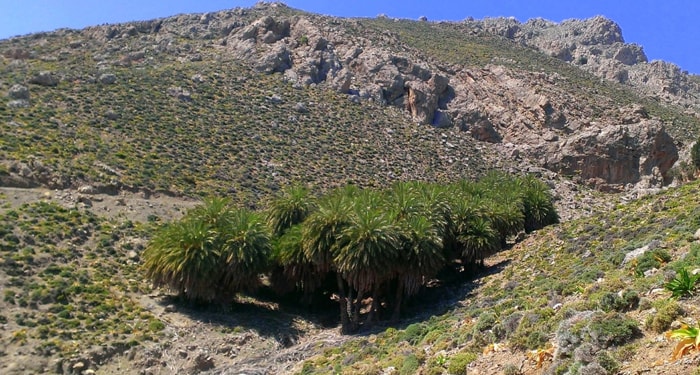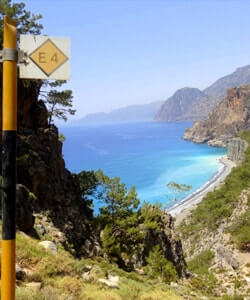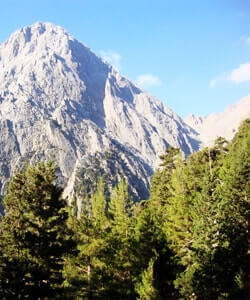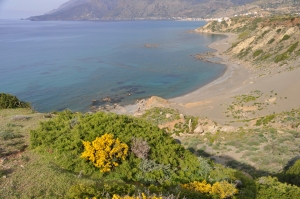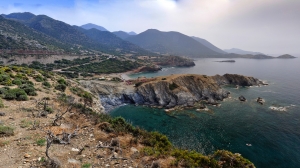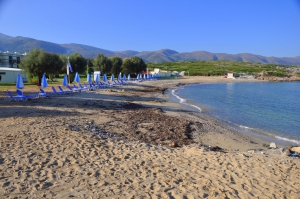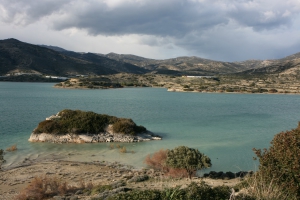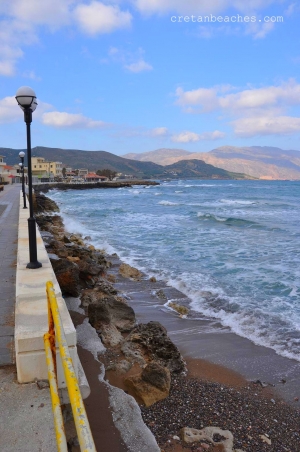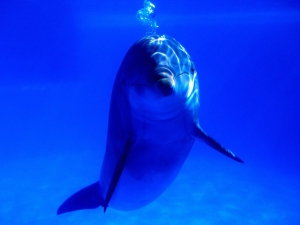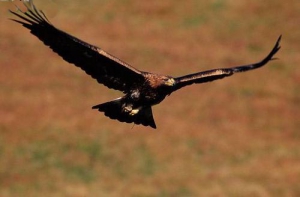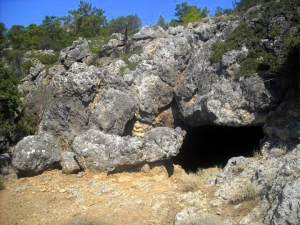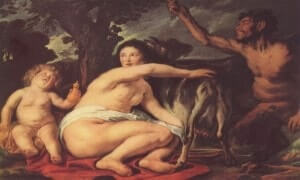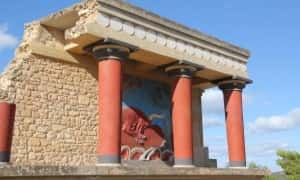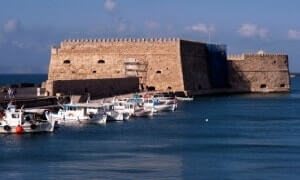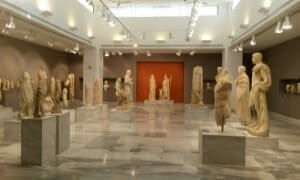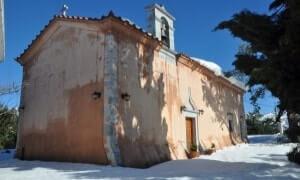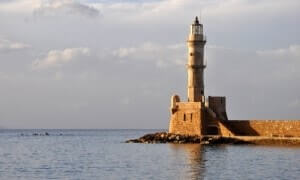Pourgonero beach is located at Krassas area, just 500m east of the port of Tsoutsouras, in the area where the houses of the settlement stop. It is actually the eastern part of Tsoutsouras bay, located in front of the hill Sarakinos. According to the legend, the eternal sarcophagus of King Minos, the mythical king of Crete, is burried below this place.
Kalo Horafi is located approximately 37km east of Rethymno and 43km west of Heraklion, at the former position of 318 Agii Pateres (318 Holy Fathers) monastery. The monastery does not survive today, but there is a newer chapel commemorating that. “Kalo Horafi” is the name of the wider area, characterized by the wild Cretan landscape with high mountains and green gorges.
The sandy beach is formed in a small bay in front of the hotel Hellenic Palace. Opposite the bay there is an islet where you can go swimming, but beware for the strong currents. The beach is well organized with umbrellas and sunbeds, and there are several tamarisk trees nearby. Like most beaches in northern Crete, Santa Barbara is vulnerable to winds.
The artificial lake of Bramiana was built in 1986 at Bramiana to meet the 30.000 of the greenhouses of Ierapetra. It is located 5km northwest of the town, in the road connecting Ierapetra and Kalamafka village. The lake covers an area of 1050 acres and has a capacity of 15 million m3, making it the second largest wetland of southern Greece, after Potami Dam at Amari valley.
The beach of Telonio (i..e Customs Office) starts east of the main pedestrian road of Kissamos and extends to the local stadium, about 1km eastern. Actually it is the westernmost part of the vast beach that starts from Kissamos and ends in Nopigia, several kilometers eastern.
The Common Bottlenose Dolphin (scient. Tursiops truncates) is a common species in Greek waters, widespread throughout the world. It is often found near the coasts of Crete, even very close to the shore, forming groups of up to 100 individuals. On the other hand, meeting that in the open sea is very rare. It is named bottlenose due to the animal having a short rounded snout that looks like a bottle.
The golden eagle (scient. Aquila chrysaetos) is the most dominant bird of prey in Europe, having a wingspan of 185-220cm and a body length of 75-90cm. Unfortunately, the species in Greece is endangered, with only a few pairs left, mostly in Crete.
The cave of the Cyclops Polyphemus is located between Sougia and Koustogerako settlements. The cave has no interesting decor, but one marble formation that reminds of a throne. The entrance is divided in two by a large rock, like the rock that was put by Odysseus in the cave of Polyphemus, the one-eyed cannibal Cyclops, before blinding him with a large wooden stick.






